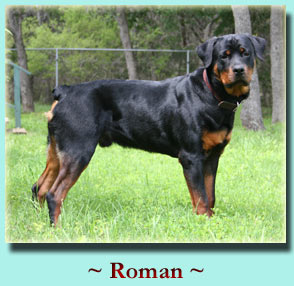my opinion is that the celtic element (mixed with less important neolithic near-easterners + mesolithical archaic people, absorbed by them in some way) is the most weighty in SW Germany of today beside the genuine germanic elements - but it does not exclude some influences of Roman occupation (I think in Mainz, based upon old STR surveys that don't confirm nor infirm the SNPs) - but what kind of "Romans" were they? Ligurians and other Italy old populations involved in Roma expansion, or true Romans of Latium? I 've no science based answer only good sense -
concerning these last ones, they in fine were a mix of genuine Italics with other close I-Eans + precedent population of North Italy + precedent populations of S-Italy: we can suppose Y-R1b was strong but uneasy to distinguish from the Celtic Y-R1bs, + a lot of Y-J2 and Y-G2 and appreciable amount of Y-E1B: what surprising here? Romans were no more the pure Danau-Croatia tribes of before -
other opinion of mine here (no! don't put money on the table, it is a free bet): the eternal stories of devasted populations and millions of refugees we find in history tales are very often overrated - the Alps regions were never very densely populated as all mountains: only the valleys: it 's true the winners took very often the broad valleys but the oldest populations did the "round back" and often flourished again after the storms - the rich and "elite" (what a curious definition) people are the first ones to flee when weather turns bad but the inferior stratae of population (often the oldest ethnie) keep on holding the ground very often and it explains why old genetic heritages can still be found sometimes in countries which saw, according to texts, a lot of following winners - anthropologic studies about S Germany during the first great southward moves of germanic tribes showed that the more ancient populations (Celtic for the most) were dominant in the highlands (maybe not so dense by the fact) when the new ones (germanic, more dolichocephalic, higher statured) were dominant in the valleys: nobody can say today Württemberg citizens are the exact copy of the Nieder-Sachsig citiznes...
some %: only 28% blond inWürttemberg (my criteria) compared to 58-62% in Nieder-Sachsen - about 33% along the Rhine, but only 26% and 23% in 2 villages of Schwartzwalde...
east-Bavaria: about 33% but variations village by village (altitude?) - and in SW again, as by hazard, more excess of ligh eyes over light hair (seemoingly common among Celts) -
and again: South THuringen (mountainou): only 27% blods spite its position mor northern: hazard?




